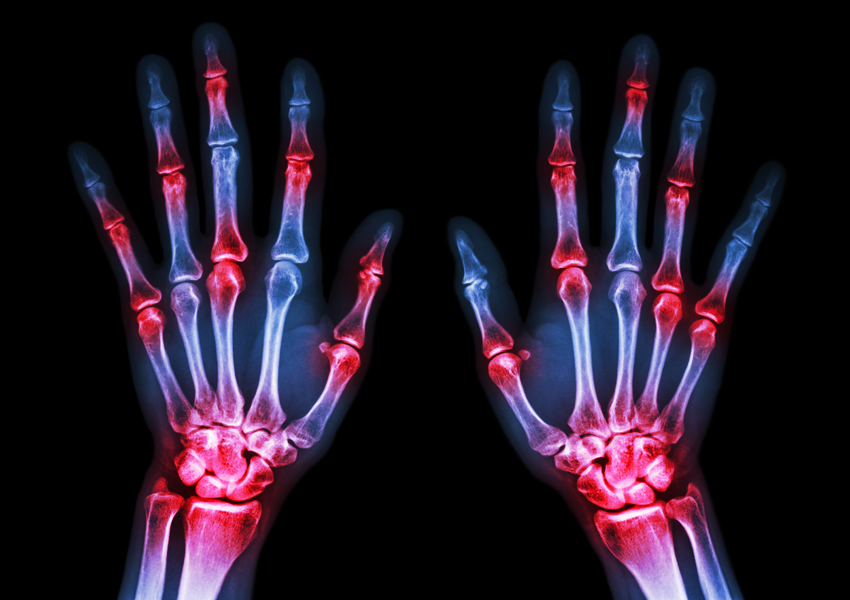RA prevalence in Latin American indigenous community among highest worldwide
More than one-third of indigenous people in Latin America have a musculoskeletal disorder, and the prevalence of rheumatoid arthritis in these communities — particularly the Qom in Argentina — is among the highest reported in the world, according to findings published in the Annals of the Rheumatic Diseases.
“Global health initiatives for socially disadvantaged populations mainly focus on infectious diseases and give little consideration to the fact that non-communicable diseases are on the rise both in low/middle-income countries and developed countries, causing the greatest impact in low/middle-income countries,” Ingris Peláez-Ballestas, MD, PhD, of the General Hospital of Mexico, and colleagues wrote. “This impact is greater in indigenous populations, which are invisible to health care programs and face limited access to health care.”
To determine the prevalence of musculoskeletal disorders and rheumatic diseases in a selection of indigenous communities in Latin America, and identify the factors that impact the prevalence, the researchers conducted a cross-sectional, community-based census study of eight populations. They included the Warao, Kariña and Chaima in Venezuela; the Qom in Argentina; and the Maya-Yucateco, Mixteco, Chontales and Rarámuris in Mexico. Individuals were identified as indigenous if they descended from indigenous peoples, lived in the indicated geographical area and maintained their cultural, social and economic identity.

Peláez-Ballestas and colleagues enrolled 6,155 indigenous adults older than 18 years. In each participant, the researchers assessed the presence of musculoskeletal disorders and rheumatic diseases through a cross-culturally validated questionnaire administrated by trained bilingual members of the community. The questionnaire contained questions regarding symptoms, treatments, coping mechanisms and their experience in seeking treatment. The researchers defined a positive case as those who demonstrated musculoskeletal pain in any region within 7 days of taking the questionnaire, or at least once during their lifetime. Positive cases were evaluated and diagnosed by internists and rheumatologists.
According to the researchers, the overall prevalence of musculoskeletal disorders was 34.5%. In addition, among the total study population, the prevalence for lower back pain was 13.3%, 9.7% for osteoarthritis, 5.9% for rheumatic regional pain syndromes, 1.3% for RA, 0.2% for undifferentiated arthritis and 0.1% for spondyloarthritis. Broken down by community, the prevalence for RA was 1.1% among the Mixteco, 1% for the Maya-Yucateco, 2.4% among the Qom, 1.8% in the Chaima, 0.5% in the Warao and 0.5% among the Rarámuris.
The researchers noted marked variations in the prevalence of each condition within the communities, as well as complex relationships between rheumatic diseases, comorbidities and socioeconomic conditions.
“Although low back pain and OA were the most prevalent [rheumatic diseases], wide variations according to population groups occurred,” Peláez-Ballestas and colleagues wrote. “The prevalence of RA, especially in the indigenous Qom group of Argentina, is among the highest reported worldwide. Understanding the relationship between [rheumatic diseases], comorbidities and socioeconomic conditions in indigenous populations requires a syndemic understanding of [rheumatic diseases’] negative impacts on health.” – by Jason Laday
Disclosure: Peláez-Ballestas reports no relevant financial disclosures. Please see the study for all other authors’ relevant financial disclosures.

